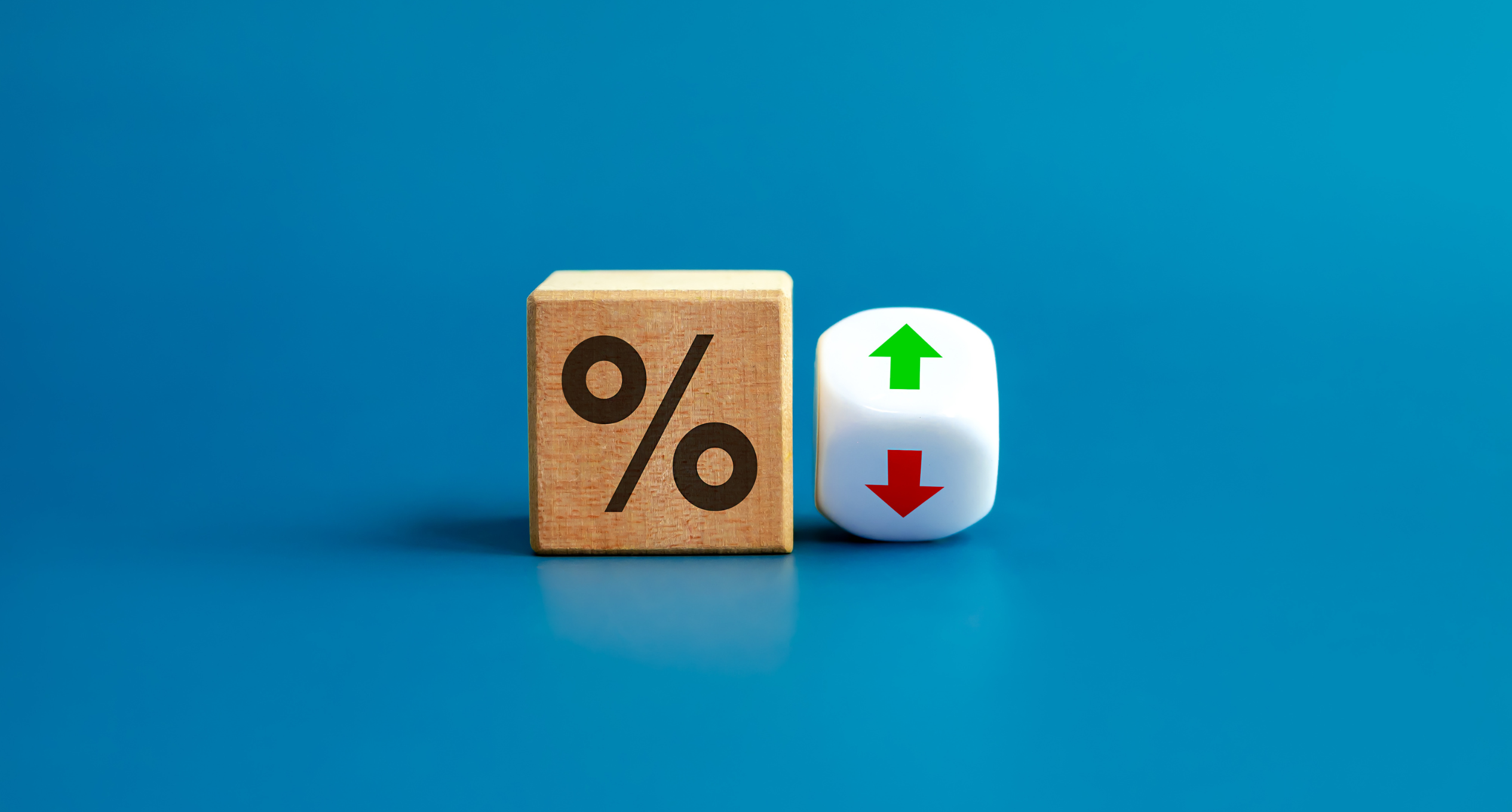This article was originally published in February, 2024, but is updated quarterly to reflect the most recent available data.

The Fed did its part by cutting interest rates in September, but did credit card companies follow through by lowering their rates?
Well, that depends on your credit card. A new CardRatings survey found that as of the beginning of the 4th quarter of 2024, well under half (37.25%) of the credit cards surveyed had changed their rates in response to the Fed’s rate cut.
The differing responses to that rate cut make this an opportune time for credit card customers to take a look at whether they’re getting a fair deal. Our credit card rate survey can give you some benchmarks for comparing how competitive your card’s rates and fees are.
High, low and average credit card rates
In the third quarter of 2024, the average credit card rate in the CardRatings survey fell to 24.65%. This marked a reduction of 0.13% from the previous quarter.
A 0.13% reduction in the average interest rate is at least a step in the right direction, but it’s just a baby step when compared to the 0.50% cut in the Federal funds rate. So why the difference?
As the fourth quarter began, most credit cards in the survey had not yet reduced their interest rates. Since the Fed rate cut came less than two weeks before the end of the quarter, perhaps some cards had not yet gotten around to making a change yet.
However, there’s no guarantee that all credit cards will follow the Fed’s lead and cut rates. Those that do cut rates may not lower them by as much as the Fed did.
This follows a familiar pattern. When the Fed makes a rate cut, credit card rates often don’t fall by as much. One reason is that credit card companies are being cautious. After all, the Fed tends to cut rates when the economy is slowing. When that happens, lending to consumers usually gets riskier.
The current situation is a good example. Late payment rates on credit cards have been rising for nearly two years now. They’ve reached their highest level since early 2012.
When more consumers fail to make their payments, credit card companies often respond by charging higher interest rates to make up for the added risk. With late payment rates rising, you can see why many credit card companies would be slow to lower their rates, even after the Fed had done so.
So, the real difference maker isn’t what the Fed or credit card companies in general are doing to change rates. It’s much more important which card you’re able to get.
➤ LEARN MORE:How does the Federal Reserve impact credit card interest?
Impact of credit score on credit card interest rates
A big factor that determines the interest rate different customers pay is credit score. Again, credit card companies charge higher interest rates to make up for higher risk. So, customers with low credit scores tend to pay higher interest rates.
You’ve probably noticed that many credit cards advertise a range of rates, from low to high. These generally represent the difference between the best rates they offer customers with excellent credit and the higher rates given to people with weaker credit.
Notably, with credit conditions getting riskier of late, this spread widened by 0.18% in the third quarter. That’s because while the average rate for customers with good credit dropped by 0.22% in the quarter, the average for customers with weaker credit fell by just 0.04%. As long as credit conditions continue to deteriorate, people with poor credit may be less likely to benefit from falling interest rates.
➤ SEE MORE:Why is it getting harder for people with low credit scores to get credit?
Annual credit card fees and impact on rates
While the average credit card rate fell during the latest quarter, the average annual fee charged rose by $3.56, to $119. On the positive side, the percentage of cards in the survey that charge an annual fee fell from 57.89% to 50.94%.
➤ SEE MORE:Best credit cards with an annual fee
Tips for getting the best credit card deal
While the Fed has lowered interest rates, credit card companies have reacted in different ways at different times. With more rate cuts planned for the year ahead, expect the responses of credit card companies to continue to vary. That makes this an especially important time to take a look at the market and see which credit cards are being especially aggressive about cutting rates.
Beyond interest rates, there are other considerations in choosing a credit card. The following are some tips for getting the best deal for your needs:
- Decide how you’re going to use the card. How you use the card affects how important certain characteristics are. For example, if you don’t typically carry a balance, interest rates are less important than if you do. Also keep in mind how heavily you plan to use the card, and whether there are certain things like travel you’re likely to use the card for most.
- Consider rates, fees and rewards. Once you plan for how you’ll use the card, you can estimate the impact of interest rates, fees and rewards on your account. That will help you measure the trade-offs among these factors for your planned usage.
- Shop around to find the best terms for your situation. As the study found, there are wide ranges of fees and interest rates out there. A little comparison shopping can make a bigger difference than Fed rate cuts typically do.
- Work on your credit. The wide range of interest rates also indicates how much more you might have to pay if you have poor credit. This spread has been widening as credit conditions deteriorate. Working to improve your credit score can pay off by qualifying you for better credit card terms.
➤ SEE MORE:Best credit card offers
Measuring the average credit card interest rate – methodology
The CardRatings.com study looked at 53 popular credit card offers and their terms as of 10/1/2024. These offers represent a cross-section of different card types for varying credit qualifications. CardRatings calculated the overall average interest rate and fee. It also broke down the data into different groups such as fee and no-fee cards and minimum and maximum interest rates.


